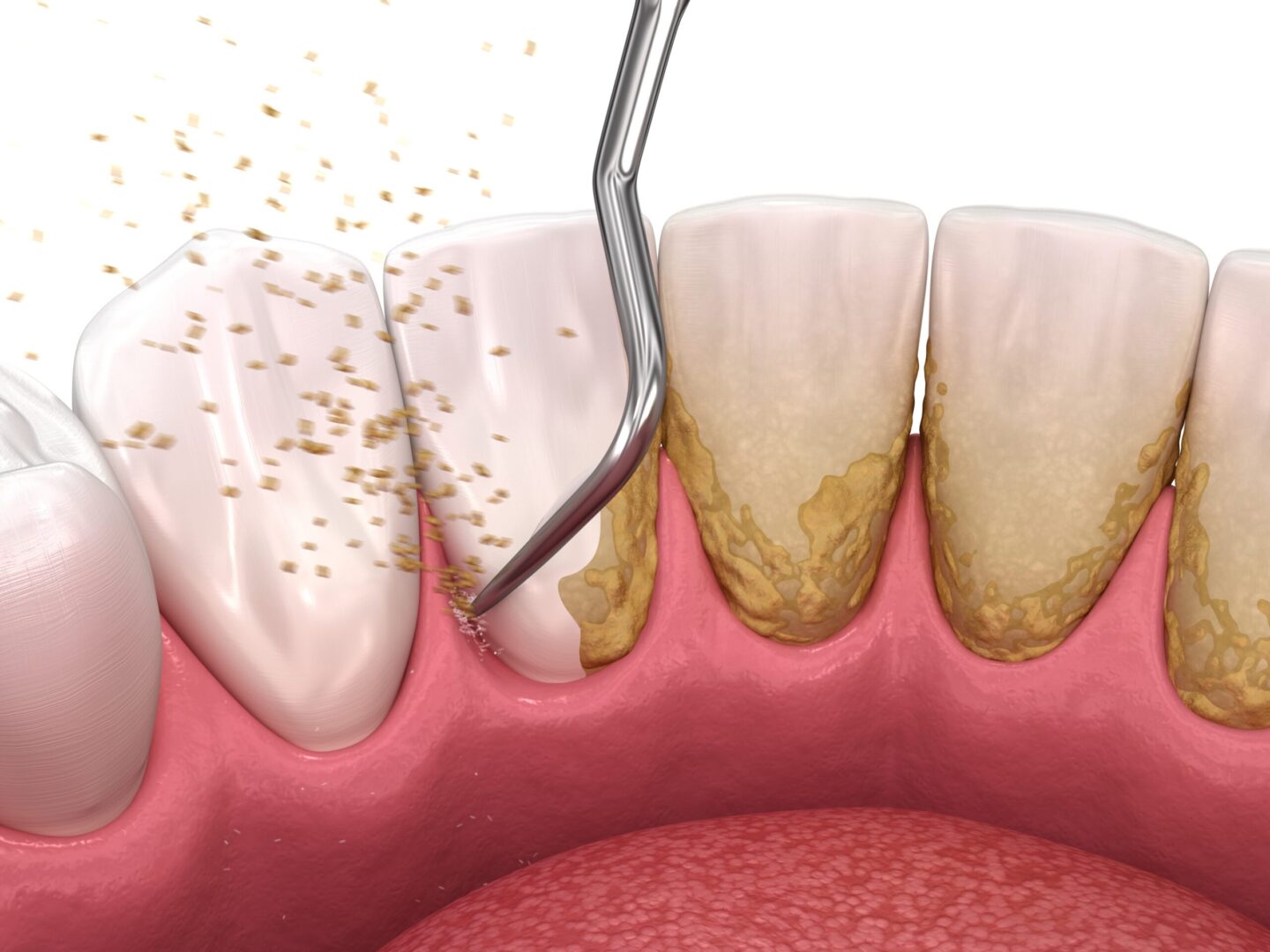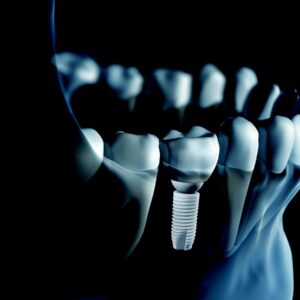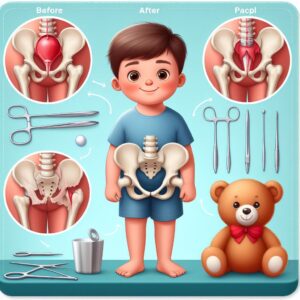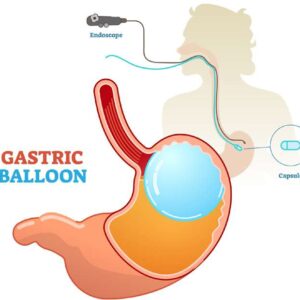Description
Familiarity with Treatment
A traditional dental bridge is a fixed dental restoration used to replace one or more missing teeth. It consists of artificial teeth, known as pontics, that are anchored in place by dental crowns on the adjacent natural teeth.
Procedure
The procedure for placing a traditional dental bridge typically involves the following steps:
- Preparation: The adjacent teeth on either side of the gap left by the missing tooth are prepared by removing a small amount of enamel to make room for the dental crowns.
- Impressions: Impressions of the prepared teeth and the surrounding area are taken to create a custom-made dental bridge that fits precisely.
- Temporary Bridge: A temporary bridge may be placed to protect the prepared teeth while the permanent bridge is being fabricated.
- Fitting: Once the permanent bridge is ready, it is checked for fit, shape, and color. Adjustments may be made as necessary.
- Placement: The dental bridge is permanently cemented onto the prepared teeth, with the pontic(s) filling the gap left by the missing tooth.
Who is it Suitable For?
A traditional dental bridge is suitable for individuals who have one or more missing teeth and have healthy adjacent teeth that can support the dental crowns. It is a common treatment option for those who are not candidates for dental implants or prefer a non-surgical approach.
Who is it Not Suitable For?
A traditional dental bridge may not be suitable for individuals with certain dental conditions, such as severely compromised adjacent teeth or inadequate bone support. Additionally, individuals with poor oral hygiene or a history of dental decay or gum disease may not be ideal candidates for a dental bridge.
Advantages
- Restores Function: A dental bridge restores the ability to chew and speak properly, improving overall oral function.
- Enhances Appearance: The bridge fills the gap left by missing teeth, improving the appearance of the smile and maintaining facial structure.
- Durable: With proper care, a well-maintained dental bridge can last for many years.
- Non-Surgical Option: Unlike dental implants, a traditional dental bridge does not require surgery.
Complications
- Tooth Sensitivity: Some individuals may experience temporary tooth sensitivity after the placement of a dental bridge, particularly to hot or cold stimuli.
- Gum Irritation: The presence of a dental bridge may cause mild gum irritation or inflammation, which can usually be managed with good oral hygiene practices.
- Potential Damage to Adjacent Teeth: In rare cases, the preparation of the adjacent teeth for dental crowns may lead to complications such as nerve damage or tooth fracture.
Preoperative Care
Preoperative care for a traditional dental bridge may involve discussions with the dentist about the procedure, expectations, and any necessary preparations. A thorough dental examination, including X-rays, may be performed to assess the health of the adjacent teeth and supporting structures.
Postoperative Care
Following the placement of a traditional dental bridge, individuals should adhere to good oral hygiene practices, including regular brushing, flossing, and dental check-ups. It is important to maintain proper oral hygiene around the dental bridge to prevent complications such as tooth decay or gum disease.






Reviews
There are no reviews yet.